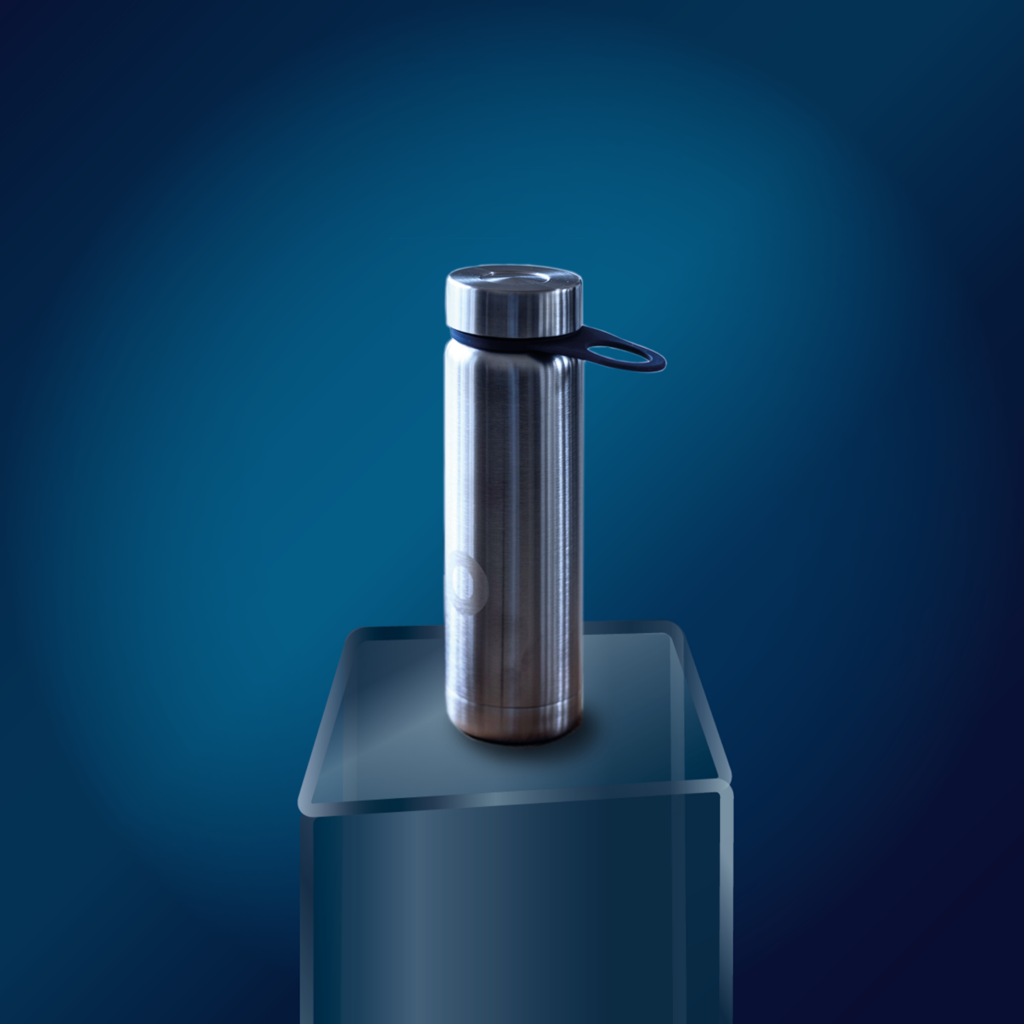The anti-plastic movement spread rapidly across the world during the 2010s, which meant that these steel water bottles could be found everywhere. However, during the steel crisis in the 2030s, brought on by the closure of polluting blast furnaces, steel objects like these became more and more controversial. There simply was not enough scrap metal available for recycling in order to replace the virgin steel made from iron ore. Campaigners sought to remedy this by collecting “unnecessary” steel. This popular movement, dubbed “Circular Steel”, used the water bottle as a symbol for all non-essential steel products in circulation.
And there were plenty of consumer products made from steel. Did you know that they had “filing cabinets” made from steel, which were used to store hundreds of sheets of wood pulp paper? What a waste! This was less due to the strength of steel than to its aesthetic properties. Luckily, most of these objects were collected and recycled into infrastructure and windmills during the 2030s.
Why this opposition to steel? During the fossil era, steel was one of the largest sources of carbon emissions, since you had to burn coal or fossil gas to reduce the iron ore. Sure, there were products made from recycled steel back then, such as this water bottle on display here, but they were the exception rather than the rule. Now that we are seeing hydrogen-based steelworks opening up around the world, perhaps we will see a steel bottle renaissance — who knows?
Iron ore: Mineral from which iron is extracted and processed into steel. Sweden is the largest producer of iron ore in the EU. The mines are located in Norrbotten and run by the state-owned company LKAB.
Scrap steel: Steel can also be made from recycled scrap steel, which leads to reduced emissions and no new mining.
Coke: By-product when heating coal at high temperatures without oxygen. It is used in iron production in blast furnaces to remove the oxygen in the iron ore.
This text is part of the future scenario and study material Beyond the Fossil Era.
